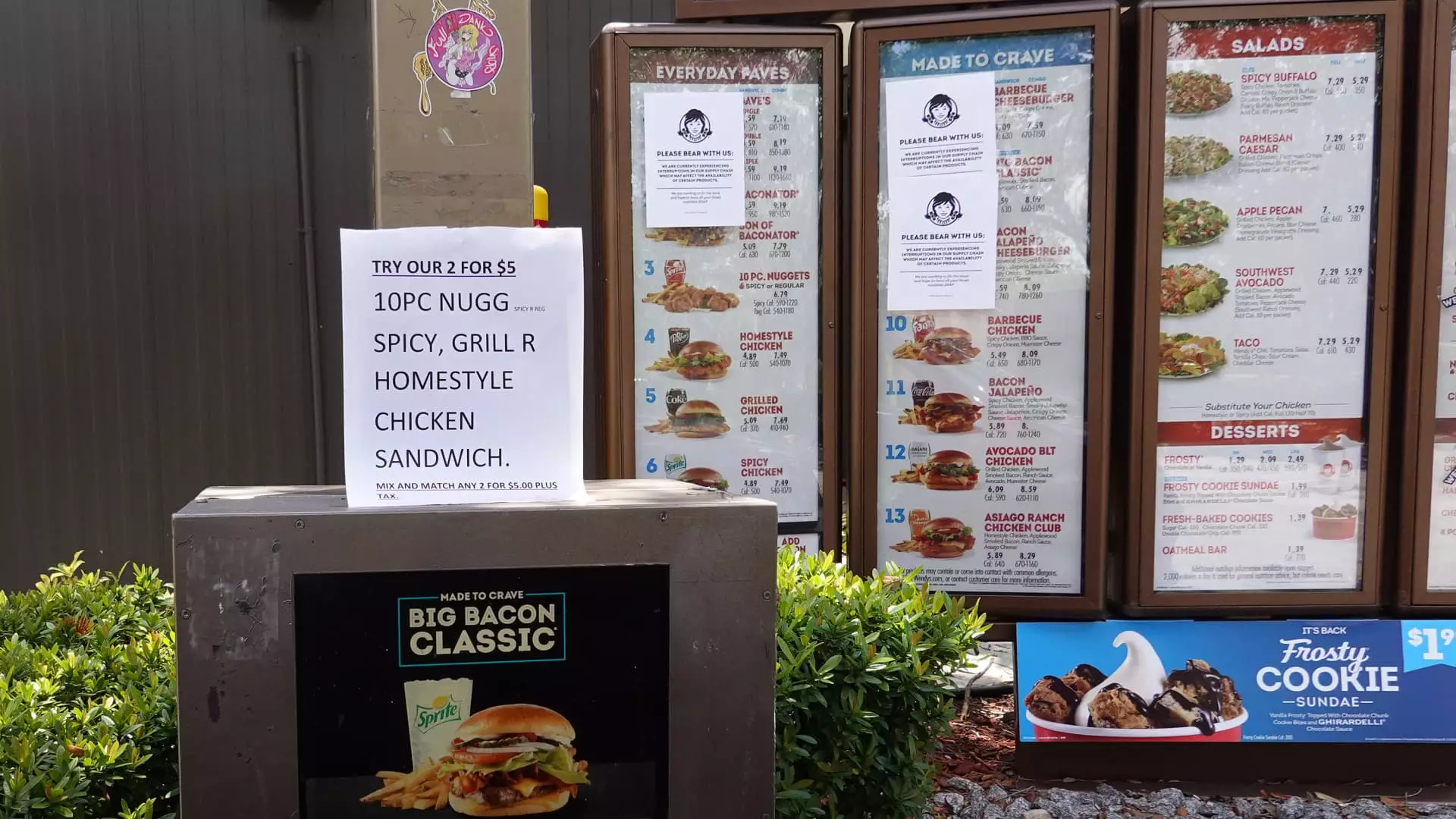The recent inflation report released by the Labor Department indicates a rise in inflation as expected in July. The consumer price index (CPI) increased by 0.2% for the month, bringing the 12-month inflation rate to 2.9%. This rise in inflation is primarily driven by higher housing-related costs, with a 0.4% increase in shelter costs responsible for 90% of the overall inflation increase.
Excluding food and energy, the core CPI showed a 0.2% monthly increase and a 3.2% annual rate, meeting economists’ expectations. The core inflation rate is the lowest since April 2021. Food prices climbed by 0.2%, while energy costs remained flat during the period under review.
Following the release of the report, stock market futures saw a mild negative reaction, while Treasury yields mostly trended higher. The data has also influenced market expectations regarding potential interest rate cuts by the Federal Reserve. Futures market pricing suggests a possibility of a quarter percentage point reduction at the Fed’s next scheduled meeting in September and further cuts by the end of 2024.
The recent inflation data has removed any obstacles that may have previously prevented the Fed from initiating a rate-cutting cycle in September. While the economy has shown signs of easing inflation, concerns about a slowing labor market have increased the likelihood of the Fed cutting rates. Fed officials have demonstrated a willingness to ease policy, but they have not committed to a specific timeline or pace of rate cuts.
Despite the overall decrease in inflation rates, some sectors continue to face stubborn inflation. Automotive prices, for example, have experienced declines, but auto insurance costs have risen significantly. Additionally, the property rental component within the shelter segment has defied expectations by showing an increase, contributing to inflation pressures.
On the other hand, certain categories have exhibited signs of deflation, including medical care services, apparel, and core commodity prices. This suggests a complex inflation landscape where some sectors are experiencing price declines while others are seeing inflationary pressures.
The inflation report highlights the nuanced nature of inflation trends in the economy. While overall inflation has risen slightly, there are divergent trends across different sectors that pose challenges for monetary policymakers. Understanding these trends and their implications is crucial for formulating effective policy responses to stabilize inflation levels and support economic growth.

Leave a Reply